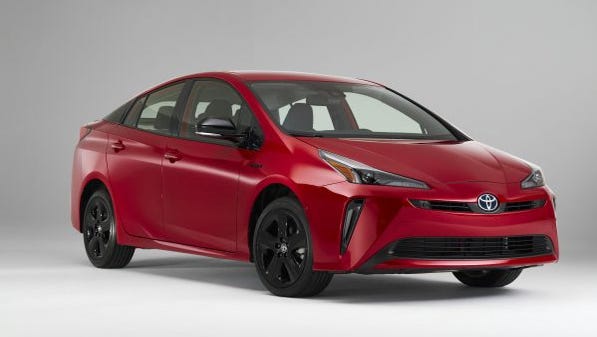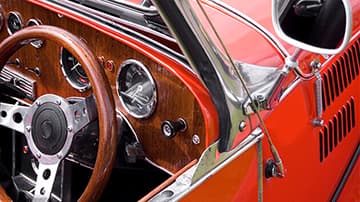10 things you need to know about the all-new 2022 F1 car


Luxury SUVs, Sedans, Coupes, Convertibles & Crossovers - BMW USA

Ferrari Purosangue SUV revealed - CAR Magazine
The Best Strategy To Use For Mazda USA Official Site - Cars, SUVs & Crossovers - Mazda
Both forms are still utilized in daily Dutch (auto/automobiel) and German (Auto/Automobil). [] History The first working steam-powered car was designedand quite possibly builtby Ferdinand Verbiest, a Flemish member of a Jesuit objective in China around 1672. It was a 65-centimetre (26 in)-long scale-model toy for the Kangxi Emperor that was unable to bring a driver or a traveler.
Nicolas-Joseph Cugnot is widely credited with building the very first full-blown, self-propelled mechanical car or cars and truck in about 1769; he produced a steam-powered tricycle. He also constructed 2 steam tractors for the French Army, among which is preserved in the French National Conservatory of Arts and Crafts. His inventions were, nevertheless, handicapped by problems with water supply and keeping steam pressure.

Here Are The Coolest New Cars For 2020
It was not able to maintain adequate steam pressure for extended periods and was of little practical usage. The advancement of external combustion engines is detailed as part of the history of the cars and truck but typically treated independently from the advancement of true automobiles. A variety of steam-powered road lorries were utilized throughout the first part of the 19th century, including steam cars, steam buses, phaetons, and steam rollers.

In 1807, Nicphore Nipce and his sibling Claude created what was most likely the world's very first internal combustion engine (which they called a Pyrolophore), but they chose to install it in a boat on the river Saone in France. Coincidentally, in 1807 the Swiss developer Franois Isaac de Rivaz designed his own 'de Rivaz internal combustion engine' and utilized it to develop the world's first vehicle to be powered by such an engine.
An Unbiased View of Car Reviews and News - USATODAY.com
Neither style was really successful, as was the case with others, such as Samuel Brown, Samuel Morey, and Etienne Lenoir with his hippomobile, who each produced vehicles (generally adjusted carriages or carts) powered by internal combustion engines. Full Article , the very first electric vehicle to be displayed in public In November 1881, French developer Gustave Trouv demonstrated the first working (three-wheeled) car powered by electrical energy at the International Exposition of Electrical Energy, Paris.
